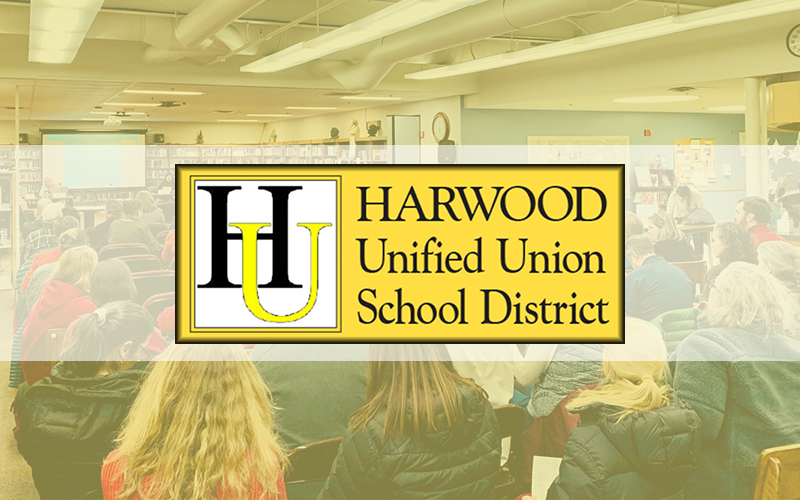At the last Harwood Unified Union School District (HUUSD) Board meeting on June 24, the school board approved a timeline developed by its preK-12 committee for next steps for a middle school merger. The main steps in the timeline go as follows.
Over the summer, the administrative team will do intense data collection and do an exhaustive study of anything middle school merger related. That means collecting data on class size, utilization of shared spaces, student outcomes, merger modeling without a bond, comparisons of current programming options and Harwood Union Middle School (HUMS) and Crossett Brook Middle School (CBMS), physical changes that may occur at CBMS with a merger, changes to bus routes, changes to taxes, pros and cons of the merger and more. The data packet will be huge.
On August 26, 2020, when the board comes back from summer recess, the administration will present this data packet to the board, which will make comments and suggest changes.
On September 9, 2020, the board hopes to finalize the data packet and then spend the rest of September and the beginning October hosting a series of community engagement events to get public feedback on the merger plan which, as of now, is to merge only seventh- and eighth-graders from HUMS at CBMS, unless the financial situation from the coronavirus pandemic is so dire that the board decides to merge fifth- and sixth-grade students from Moretown Elementary School as well.
On October 14, 2020, the board will vote on whether or not to merge seventh- and eighth-grade students from HUMS at CBMS for fiscal year 2022.
DUAL APPROACH
With this timeline in mind, the conversation at the preK-12 committee’s last meeting on July 13 revolved heavily around community engagement. Ultimately the committee decided on a dual approach to public outreach for the fall. First, the committee suggested that the board use its fall meeting time to host “breakout groups” (likely remote) between board members, teachers and community members. These breakout groups will allow for in-depth discussion on data presented in the administration’s merger packet.
Second, the committee suggested that the board create a quick survey that will ask people about their feelings towards a middle school merger. The survey is meant to attract a broader audience than those who typically attend school board meetings.
As Waitsfield, school board representative Jeremey Tretiak put it, “We’re giving multiple levels of opportunity to engage.”
However, during public comment, some were worried that the preK-12 committee was making the decision to merge first and inviting community engagement later. “You need to be clear when you’re asking for feedback, what it’s on. If it’s not about whether to merge, people need to know that. If that’s done, if the train has left the station and you’re just asking people, ‘how do we implement it?’ that’s different then asking people if they want a merger or not,” said community member Laura Schaller.
Schaller’s comment may have been influenced by the fact that earlier, Fayston School board representative Tim Jones referred to community engagement work a chance to “pitch” the merger idea. “I want to make sure that we do an effective job at dispelling doubt and criticism going into this by showing that we’ve asked all the right questions, we’ve asked all the right people, and we’re coming out to the community with a very well-formed pitch, for lack of a better word,” said Jones.
Vice chair Torrey Smith, Duxbury, eventually explained why the board is so keen on “pitching” another merger. “When we started this process, it wasn’t like someone was like, ‘I have a fun idea, let’s merge the middle schools!’ said Smith, who emphasized that the merger idea wasn’t born out of an urge to “mess with everyone’s lives.” Instead, Smith explained that the board started the merger process by looking at ways to solve the school district’s specific challenges, including decreased enrollment, mismatching equity and student outcomes between schools, increase health care costs, reduced tax incentives and high costs associated with building repair. “The merger is a means to solve these challenges,” said Smith.






